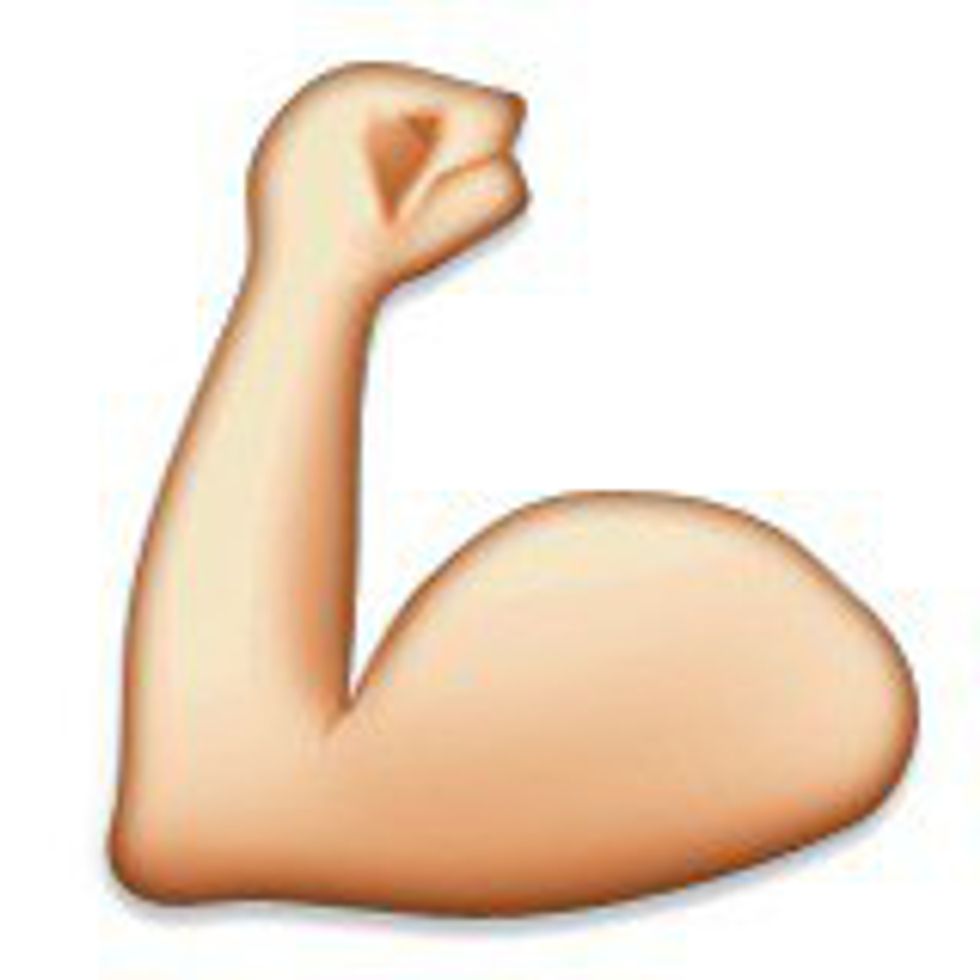Everyone liked calling me “Miss Flexible.” It was because I could physically bend and twist in almost every direction and at unnatural angles. This was due to my raging passion for ballet, one that for many years had prompted me to practice long hours, aiming tirelessly to enhance my dancing skills, which included flexibility. When I entered Lowell High School, I was deeply interested in becoming a part of the dance program by trying out for the dance company.
Recommended for you
I attended tryouts in my freshman year, thinking that my ballet skills alone deemed me capable of making the company. But as soon as the teacher demonstrated the moves, I was immediately dismayed. These were not the usual graceful tendus and pirouettes that I’d grown accustomed to in all my years of training, but wilder movements, mixing elements of jazz, modern and hip hop dance. Shocked and unable to follow the movements, I stood there awkwardly in the middle of the studio, feeling as if I were learning how to dance all over again.
A few days later, the roster of results was posted. Upon discovering that I didn’t make the dance company, I talked to the dance teacher, who told me that I needed to work on “openness.” Openness! What is “openness?” In all eagerness to find out, I took dance classes on top of my academic courses. During these classes, I attentively observed the other dancers’ movements, particularly those of the dance company members. I asked them what it meant to be “open”. Some of them gave me the cliche response, “it means to dance like nobody’s looking,” while others said it meant to not be self-conscious when expressing inner emotions. Taking these answers into account, I continued to observe my peers’ movements and saw that they were bold, abrasive and daring. So this was what being open meant! In contrast, the gracefulness I acquired from ballet lessons had me too “physically friendly.”
Having learned what it meant to be open, I took every opportunity in class to work on achieving openness. I tried accustoming my body to movements that involved hip swinging and upper body isolations. At first feeling insecure when doing so, I gradually became less afraid as my peers expressed to me continuous support.
In my junior year, I tried out for the dance ensemble that would be performing in the spring musical, West Side Story. I attended tryouts, learning movements similar to those I’d encountered during the company tryouts in my freshman year. A week later, tryouts results were posted, and my name was on the roster.
The moment I saw that I’d made the dance ensemble, I realized how important it was to be truly flexible: to cultivate change by learning from others. I’d entered Lowell as an experienced dancer, but after striving to learn more from new experiences, I accomplished something that was once beyond my scope of achievement.
Since then, I’ve learned the importance of not only being “flexible” in a dance studio, but also in the world at large, where there is always room to expand my horizons by adapting to many new environments, people and challenges.
























